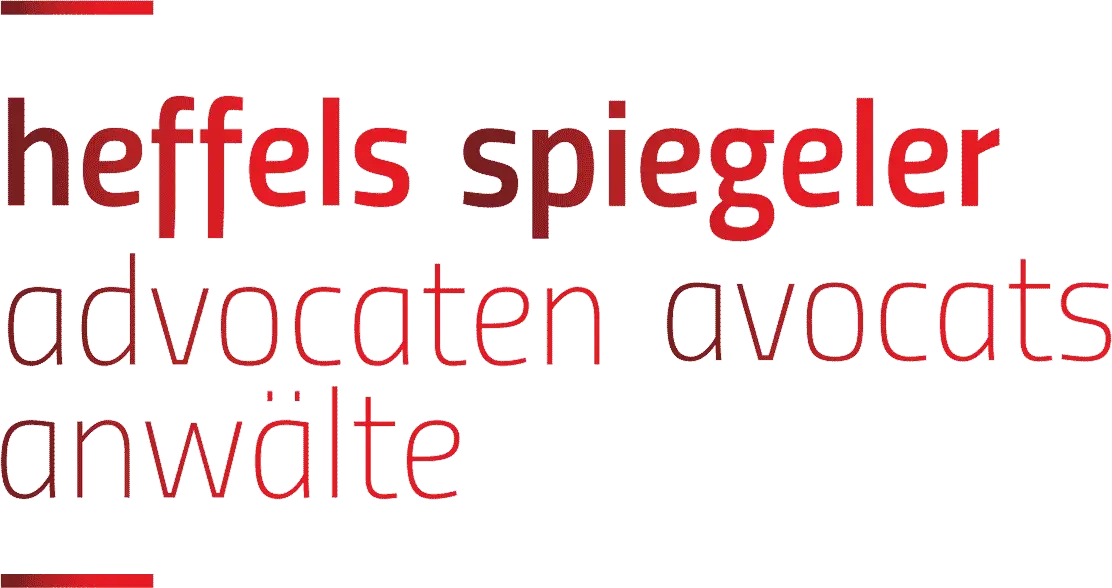The development of street art in the last few decades has led to more elaborate forms of the early graffiti movement, including spray paintings, mosaics, and installations in public spaces by renowned artists like Banksy. From a legal perspective, this begs the question as to what rights do these works of art possess if they were created on a privately or publicly owned space (even illegally), and what limitations do artists have in seeking compensation if ever their works are altered from their original intention? The European Union Intellectual Property Office (EUIPO) recently held a webinar presented by Spanish attorney Elisa Carrión Álvarez on May 28th about this topic, discussing the extent to which street art is protected under copyright law in the European Union and in common law countries like the United States and the United Kingdom.
Keeping in line with the Berne Convention, the first international convention for the protection of literary and artistic works, copyright protection is given automatically to works of art without the need of formally registering a work (although some countries, like the U.S., require registration in order to sue for copyright infringement). Street art in turn is protectable under copyright law, provided that the work is proven to be original.
Countries determine originality based on either an objective or subjective definition of conception, meaning it is either “a certain degree of work, skill, and judgment… or the work is novel in the expression of an idea” (objective) or “the reflection of the author’s personality” (subjective). While common law countries prefer to use an objective definition to determine originality, civil law countries like France are keen on implementing a subjective definition.
Nonetheless, once a work is determined to be original, it holds both exclusive and moral rights* and the duration of copyright under the Berne Convention is at least the author’s life + 50 years after his or her death (both the E.U. and U.S. have indicated the author’s life + 70 years after death)**. After that, the work of art enters the public domain, meaning third parties are able to use the work without requesting permission from the author.
Furthermore, street art created permanently in a public space may be limited in the author’s use of his or her exclusive rights depending on the kind of material used and its commercial intention. Spain has the broadest limitations including “works permanently located in parks, streets, squares or other public places may be reproduced, distributed, and communicated freely by means of painting, drawings, photographs, and audiovisual procedures”, while the U.S. only applies such limitations to architectural works. Anonymity is another limiting factor that can render an artwork unable to benefit from copyright protections, given that there is no possibility to seek out an author’s permission, and thereby leaving third parties without the obligation to have permission to commercially use the work in question.
When an artwork is done illegally however, copyright protection does not exonerate an artist from criminal proceedings. Nonetheless, the work is protected from copyright infringement even if it was completed in an illegal manner, so long as it meets the country’s originality definition. But when intellectual property rights are at odds with a landowner’s property rights, typically the property rights are respected over that of an author’s exclusive and/or moral rights. While the artwork’s idea and conception (corpus mysticum) belongs to the artist, the structure on which the artwork is painted or built on (corpus mechanicum) belongs to the proprietor. Unless the proprietor has given permission to the artist to complete the work, in which case the artist can invoke his or her moral right of integrity to save their creation from destruction or de-contextualization***, the proprietor has the right to do away with the work if he or she so pleases.
While most jurisprudence currently arising in matters dealing with street art and copyright infringement are still being found in the U.S., the potential for development in this field in Europe is still ongoing as more cases will help to clarify and define further IP matters related to the art market.
Brigitte Spiegeler & Aleks García Fernández
[1]Exclusive rights surround the commercial exploitation of artworks (i.e. reproduction, distribution, communication to the public and transformation of the work), whereas the moral rights seek to protect the special link between an artist and his or her work (i.e. right of integrity and right of paternity).
In the E.U., an author’s moral rights are non-transferable when an artwork is sold, whereas it is possible to do so in the U.S.
[2]In the U.S., if the work is created by a company, the copyright duration will be the author’s life + 95 years after his or her death.
[3] In the U.S., the de-contextualization of a work is limited to preventing its destruction, whereas the E.U. goes further to define it as an infringement to the right of integrity if the work is not preserved in the original context and location that is was originally established in.
